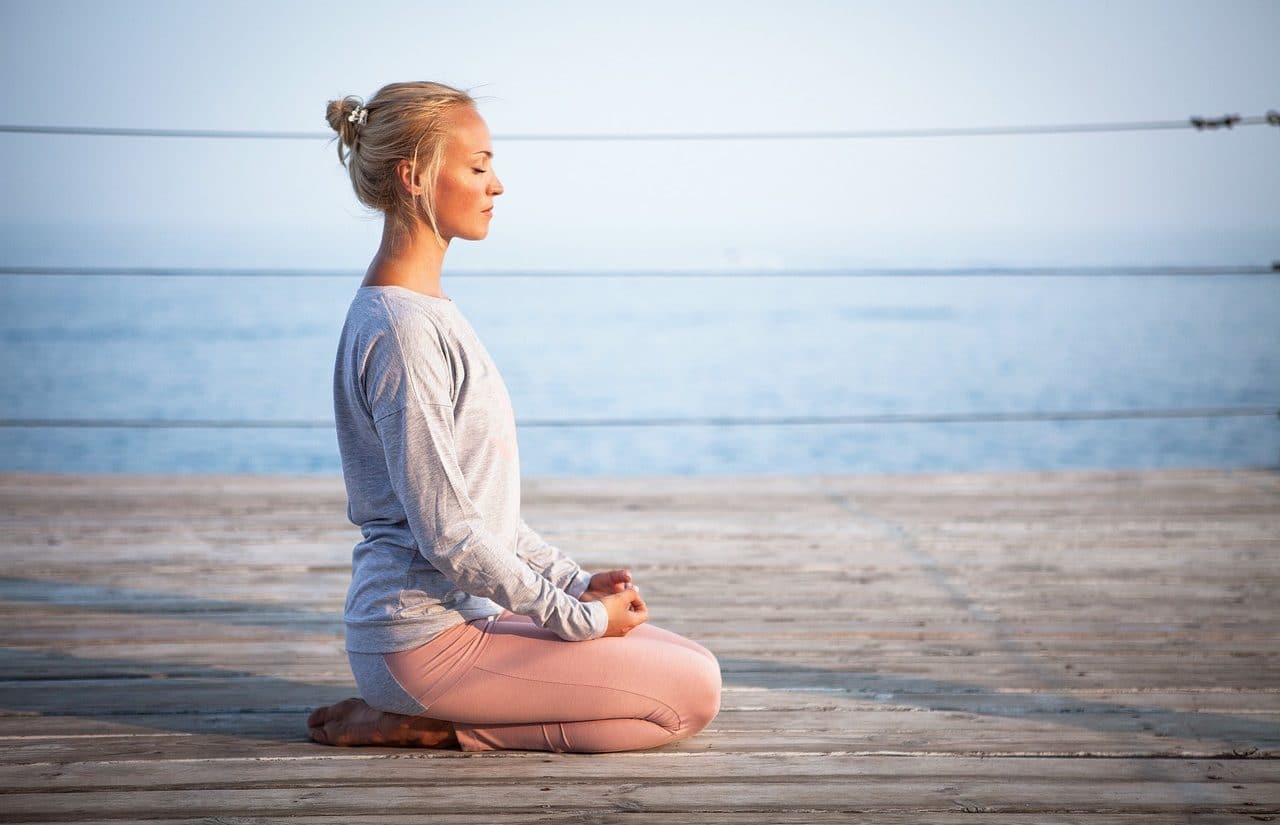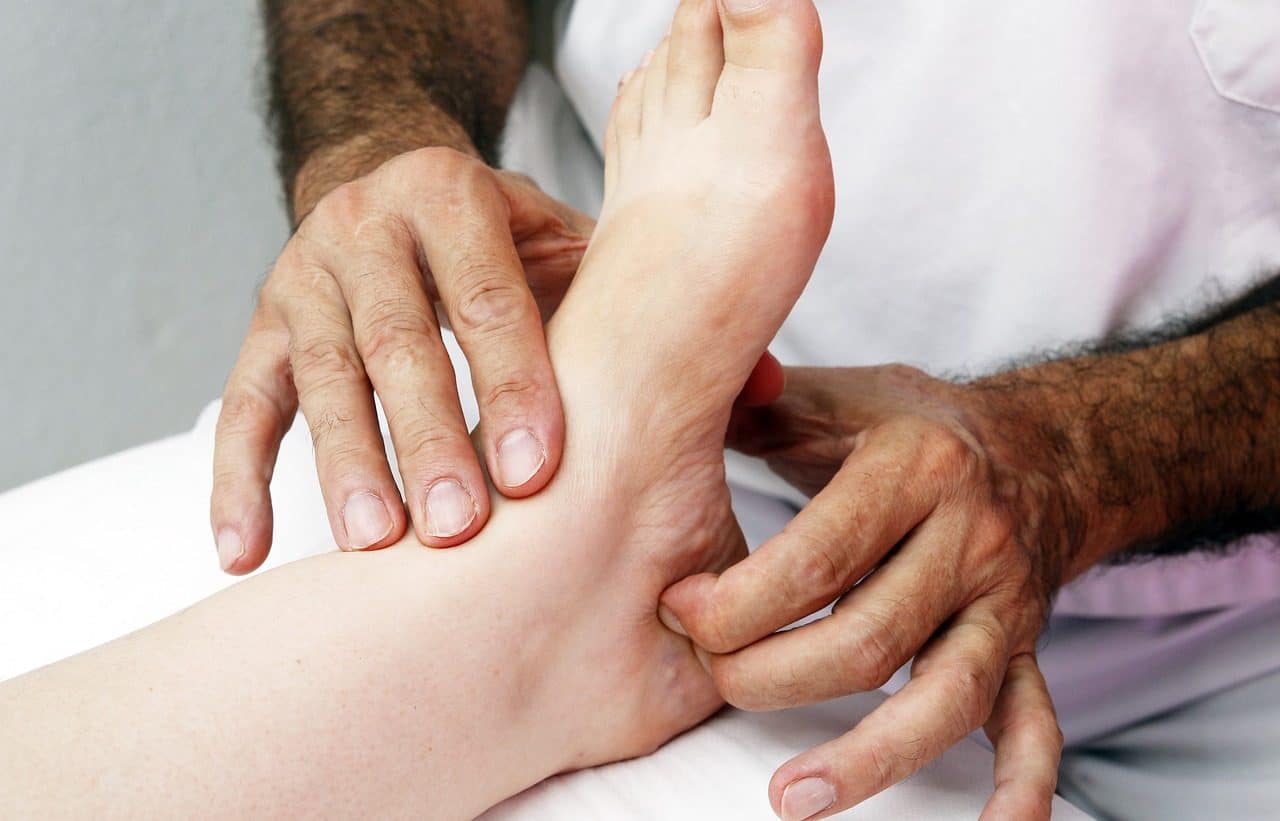
To feel good and cope with stress, some choose to do meditation, others opt for progressive relaxation techniques and there are those who look for sources of relaxation in nature, for example.
Relaxation techniques are practices or procedures that aim to generate physical and mental well-being through activities that contribute to reducing muscle tension , reducing anxiety levels and combating stress .
When you do an exercise or a relaxing plan, you experience a pleasant state of enjoyment , harmony and plenitude . The choice of the program or discipline to enjoy will always depend on the preferences, needs and possibilities of each individual.
Although there are relaxation techniques that you can apply yourself, sometimes the intervention of another subject is required, especially in cases in which assistance must come from a professional in a certain area.
The range of alternatives to take into account when searching for serenity and relaxation is wide and very diverse. It is good to know that there are options for both physical, mental and spiritual care, as well as it is advisable to seek advice in this regard in order to make wise decisions regarding the method that best adapts to what each person needs.
Benefits of relaxation techniques
Relaxation techniques provide numerous benefits. Beyond offering calm and allowing the mind and body to rest and release sources of tension and worry, activities that relax have a positive impact on cardiovascular health .
Most people who achieve deep relaxation stop, for example, suffering from insomnia , can keep blood pressure values under control, are able to relieve muscle pain and, ultimately, have a better quality of life.
By being able to calm the mind, an objective that is usually achieved through meditation , it is easier to achieve inner peace .
Thanks to relaxation , you think more clearly, your mood improves, the effects of depression or anxiety can be effectively counteracted, and the emotional regulation process is facilitated.
Practices for the care of body and mind
For the care of the body and mind there are highly recommended and advantageous practices.
Within the universe of meditation , specifically, there are variants or modalities that are worth considering. Such are the cases of transcendental meditation , meditation with mandalas or Tibetan bowls and the philosophy of mindfulness (also expressed as the technique of full attention ), among others.

Painting and plastic arts, reflective writing and hobbies ( puzzles , jigsaw puzzles), among other proposals, invite you to release tensions, let creativity emerge and dedicate time to yourself to feel lighter, relaxed and fulfilled.
Practicing yoga (there are varieties such as yoga Nidra , Kundalini , ashtanga vinyasa , etc.) at all ages also generates multiple benefits because it balances, gives internal confidence, promotes coordination, tones the muscles and because it is a discipline allied to the elimination of toxins for purification of the body.
The deep breathing technique , Qi Gong and Tai Chi are other beneficial ideas that enrich the physique and the soul.
Relaxation techniques linked to the senses
Relaxation techniques linked to the senses are also interesting and effective.
By stimulating taste, smell, touch, hearing and sight as a complement or basis for a routine of peace and harmony, the positive results are enhanced.
With the frequency of binaural sounds , to indicate one possibility, health is improved on an emotional and mental level since they awaken creativity, promote concentration and relax. Savoring a herbal tea (chamomile, valerian) before going to bed, meanwhile, is the perfect habit to have a restful rest.
The experience of walking barefoot (earthing) on grass or dirt, likewise, serves to combat stress and feel better both mentally and physically.
Self-massage techniques , therapeutic relaxation massage with hot stones , music therapy and aromatherapy are also part of the list of sensory-based practices that help in search of comprehensive well-being .

One of the most widespread methods in the world to relieve stress, relax and stimulate the body to regain balance and revitalize is reflexology. It is a technique that consists of putting pressure on strategic points on the hands and feet to relieve certain symptoms or ailments.
Relaxing activities for everyday life
For everyday life, there are a series of relaxing activities that offer the opportunity to distract the mind and de-stress by taking advantage of elements and resources that, for the most part, we all have in our home.
If you feel attracted to art , culture and creativity , for example, free time can be spent reading , writing (it gives satisfaction and strengthens self-esteem to make records in a gratitude journal , to point out a specific act), drawing and painting . Doing arts and crafts , dancing, listening to music and humming a song despite not having singing skills are also escape routes when routine and obligations overwhelm.
Entertaining yourself with a playful table challenge, taking a leisurely walk near your home to observe the landscape and contemplate nature, solving mental games that test your ingenuity and taking a soaking bath with salts or candles are other relaxing options. .
Do physical exercise , take walks outdoors on a bicycle or on foot, beautify some corner of the home through gardening , distributing decorative products in the environments or setting up a small garden, as well as consuming television, radio or Internet content that stimulates Laughter are good investments of time because they help one to be relaxed, moving, in good spirits and with the brain occupied healthily.
